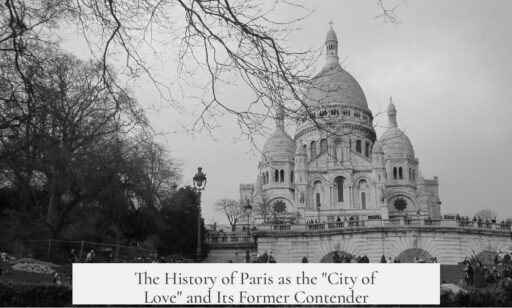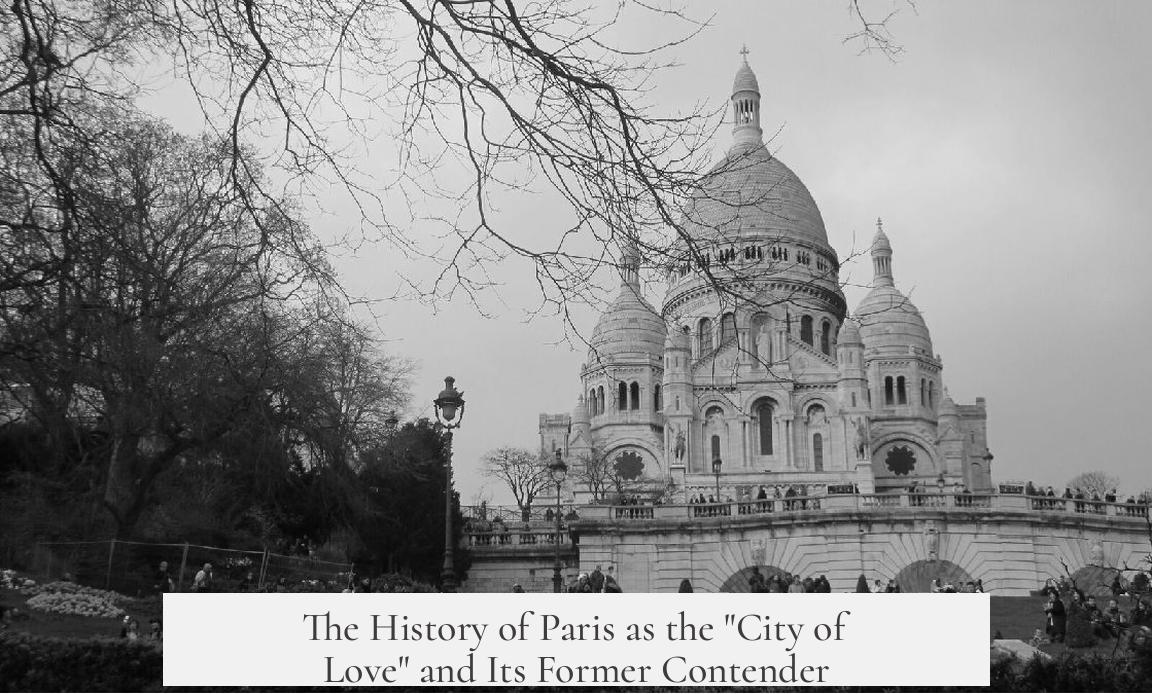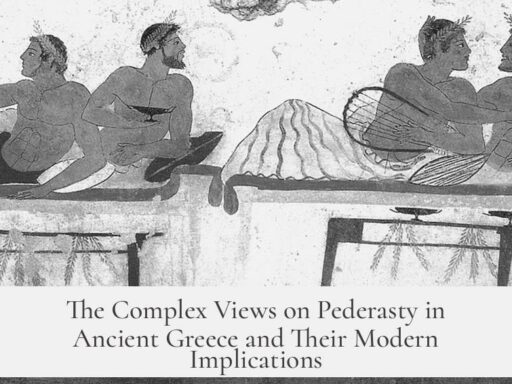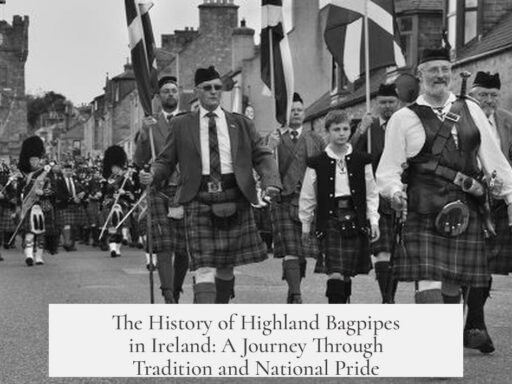Paris receives the title “City of Love” largely through 19th-century American perceptions, reflecting the city’s open sexuality, Bohemian lifestyle, and romantic allure. No earlier city famously held this title before Paris.
During the 19th century, American tourists played a crucial role in spreading the image of Paris as the “City of Love.” Historian Harvey Levenstein notes that these early visitors—mostly wealthy young white Protestant men—arrived eager to experience France’s high culture, including opera, art, and architecture. However, they were quickly struck by a more vivid and sensual side of Parisian life, one seldom seen back home. Paris offered not only fine arts but also public entertainment infused with eroticism, such as risqué opera performances and lively dancing halls.
At that time, Paris was experiencing rapid urban growth fueled by the Industrial Revolution. This growth correlated with the prominence of commercial sex, regulated yet widespread. Prostitutes and courtesans openly operated across the city, supported by a state regulation system aimed at controlling venereal diseases. This visibility of sexuality, mingled with art and nightlife, captivated American visitors who perceived Paris as a place where social and sexual conventions relaxed.
The early 19th century saw scarce direct references to Paris as the “City of Love” in English-language sources. A notable mention comes from an 1833 American traveler who described Paris as a “city of love and intrigue.” Yet, the moniker was not yet widespread. The French themselves coined “City of Light” (Ville Lumière) for Paris, a term related to its role in the Enlightenment and early urban lighting projects, but they never broadly adopted the “City of Love” in the same symbolic sense as Americans.
The romantic mythology attached to Paris took firm shape in literature and music, blending romantic love with the city’s reputation for sexual freedom and decadence. Alexandre Dumas Fils’ 19th-century novel The Lady of the Camellias (later adapted into the opera La Traviata) captures this fusion. By the late 19th century, guidebooks openly highlighted venues linked to nightlife and sexual entertainment, confirming the city’s status as a hub for pleasure seekers.
The late 19th century witnessed a feminization of tourism. American women, prompted by art, culture, and occasionally the lure of marriage with European elites, also flocked to Paris. Their presence helped sustain and shape Paris’s image as a city where flirtation and romantic pursuit thrived. French commentators observed how American women introduced a new cultural dynamic, emphasizing allure and flirtation as a social conduct, which blended naturally with Parisian life.
By the early 20th century, the “City of Love” label became entrenched in American eyes due to frank acknowledgments of Paris’s sexual magnetism. Theodore Dreier’s 1913 article in The Century Magazine captured this sentiment. He described Parisian establishments where “the subtlety and magnetism of sex” formed a unique aspect of the city’s charm, attracting wealthy visitors seeking more than historical sites or museums. This perspective highlighted that sexual freedom and seduction defined Paris’s international allure.
In 1914, fashion writer Grace van Braam Gray described Paris as “a city where Love is the great game and the great pursuit of everyone.” Similarly, Samuel P. Orth in 1913 called Paris the “modern Babylon,” a metropolis famed for its “suggestive degeneracy” and sexual entertainment. These views solidified the narrative that Paris uniquely combined sophisticated culture with enticing amorality, a fusion that appealed strongly to tourists, especially those from America.
Before Paris gained this title, no other city is documented to have held the label “City of Love” in a comparable global cultural context. The American fascination with Paris arose during the 19th century and developed through its association with sex work, the Bohemian lifestyle, and romantic mythologies. These elements collaborated to create an enduring image of Paris as an unrivaled destination for romance and sensual adventure.
| Aspect | Details |
|---|---|
| Origin of Title | Primarily 19th-century American tourists’ perception and writings. |
| Key Drivers | Visible commercial sex, Bohemian lifestyles, romantic literature and music. |
| French View | Adopted “City of Light”; did not widely use “City of Love.” |
| Early Mentions | 1833, rare mentions calling Paris “city of love and intrigue.” |
| Predecessor Cities | No documented earlier “City of Love.” |
- Paris’s “City of Love” reputation grew from 19th-century American views tied to its sexuality and culture.
- Lifestyle factors included open commercial sex, Bohemian artistic scenes, and romanticized portrayals in arts.
- American male and female tourists reinforced this image through their writings and experiences.
- Early 20th-century recognition highlighted sexual allure as central to Paris’s charm.
- No earlier city is known to have held the title before Paris.
When and Why Did Paris Receive the Title “City of Love” and Was There Another City Before It?
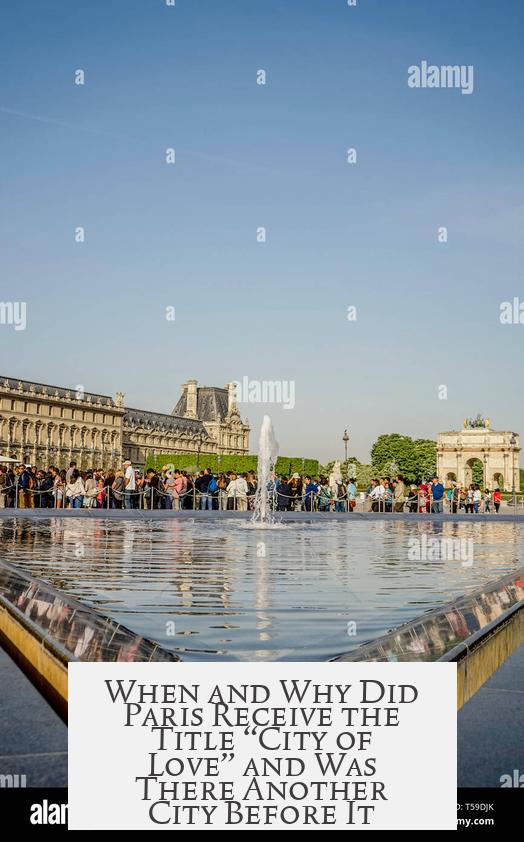
The title “City of Love” was never officially bestowed upon Paris by the French themselves but emerged chiefly through American perceptions from the 19th century onward, reflecting a complex blend of romance, culture, bohemian lifestyles, and a candid attitude towards sex and pleasure. This nickname reflects not just the beauty of the city but the spirit it came to embody in the eyes of foreign visitors, especially Americans. Intriguingly, before Paris wore this crown, the concept of a “City of Love” was neither fixed nor widely applied to any single city as we understand it today.
Let’s unpack how Paris earned this luscious title, why Americans were its main cheerleaders, and explore the question—did any other city come close before Paris?
Paris’s Rise as the “City of Love”: A Tale Told by Foreign Eyes
The French proudly call Paris the Ville Lumière, or “City of Light,” a nod to its role in the Age of Enlightenment and its pioneering street lighting. Yet, they never popularly claimed the “City of Love” title. This affectionate name owes much to American tourists who visited Paris since the early 19th century.
Historian Harvey Levenstein highlights that American perceptions evolved over two centuries, and their experiences shaped how Paris came to be known abroad. By the 1800s, affluent young American men traveled across the Atlantic to see this “Athens of modern Europe.” They sought high culture—opera, paintings, music—but also encountered a Paris infused with a more sensual, lively spirit.
These travelers found a surprising contrast between their puritanical back home and Parisian customs. Women in Paris wore makeup, perfume, and daring fashions, shocking some Americans with their relaxed attitude toward marriage and sensuality. In fact, “females of Paris” were described as strikingly vibrant and free-spirited, quite unlike the reserved American ideal of womanhood.
City of Love or Modern Babylon? The Bohemian and Erotic Underbelly
Before Paris earned romantic nicknames, it was already famous as a bustling center where art, music, and pleasure met. The Industrial Revolution packed the city with migrants and workers. Many women turned to prostitution—not hidden but openly acknowledged. By the 1830s, Paris even regulated this trade with official registrations and licenses.
Young American tourists found the availability of commercial sex overwhelming. This wasn’t some underground secret—the sex workers ranged from street walkers to wealthy courtesans mingling with elites, politicians, and artists alike. This raw candidness regarding sexuality created an intoxicating allure.
For those seeking more than sightseeing, Paris offered the Bohemian lifestyle. In neighborhoods like the Latin Quarter or Montmartre, artists, poets, students, and their girlfriends—the grisettes—lived free and creatively. For many foreigners, especially Americans, embracing this life meant a sense of freedom far from their conservative pasts.
Rooting Romance in Literature and Popular Culture
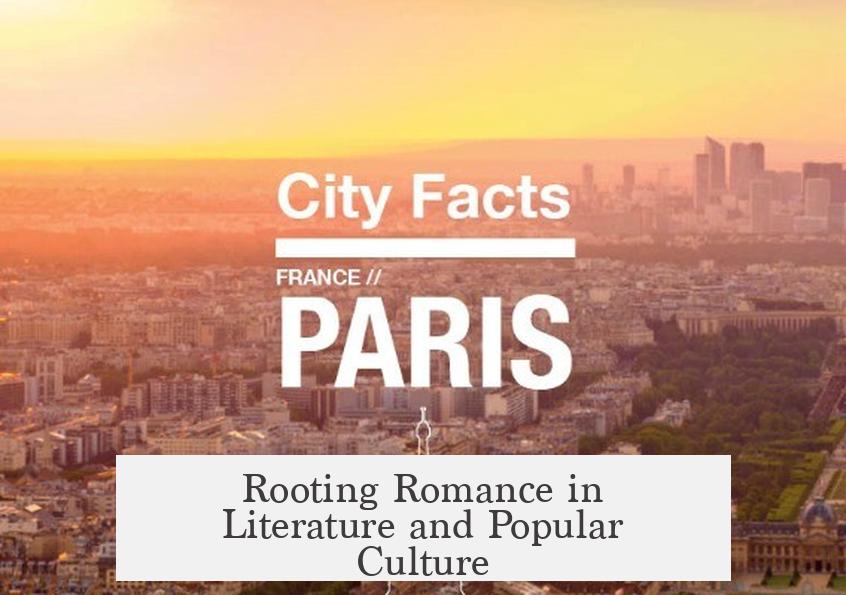
Romanticism helped cement Paris’s reputation, entwining love and sex in its mythology. Novels like Alexandre Dumas Fils’ The Lady of the Camellias and Verdi’s opera La Traviata highlighted the bittersweet love stories involving courtesans. Paris became both a dreamy city of romance and a “Modern Babylon,” a glitteringly decadent hotspot that dazzled visitors.
Between 1867 and 1907, guidebooks unabashedly promoted Paris nightlife: cafés, dancing halls, circuses, and brothels were openly listed as attractions. Lonely travelers flocked to these venues, drawn partly by the promise of passionate encounters.
A Feminine Touch: American Women and the Feminization of Parisian Tourism
By the late 19th century, American women also began frequenting Paris, not merely as companions but as independent tourists and seekers of new experiences. Mrs. John Sherwood noted in 1890 that thousands of “virgins” migrated semi-annually from America to Europe’s cultural centers, including Paris.
These women sought art and culture but also adventures beyond conventional boundaries. Some aimed to find European noble husbands; others embraced the Bohemian lifestyle. The French even borrowed the word flirt from these American visitors, reflecting their lively social conduct, which some French women both admired and disapproved of.
The Sexual Magnetism of Early 20th Century Paris
By the early 1900s, the secret was out: Paris’s allure was about more than art or history. Theodore Dreier described it as a place amassed by wealth, fine service—and above all, a capital where the “subtlety and magnetism of sex” were an essential draw. In his 1913 article, he famously remarked that the tomb of Napoleon or the Louvre were not the city’s chief attractions; instead, sex was the unseen capital that sustained Paris’s unique spirit.
Fashion writer Grace van Braam Gray wrote in 1914 that Paris was “a city where Love is the great game.” She observed that French women mastered the art of adornment, making love and attraction a way of life, not just a whispered secret.
Samuel P. Orth’s 1913 article in the Atlantic Monthly reinforced this image, dubbing Paris a “modern Babylon” where tourists flocked to sample the “forbidden fruit” of decadence—albeit they paid for their indulgences.
Was There a City of Love Before Paris?
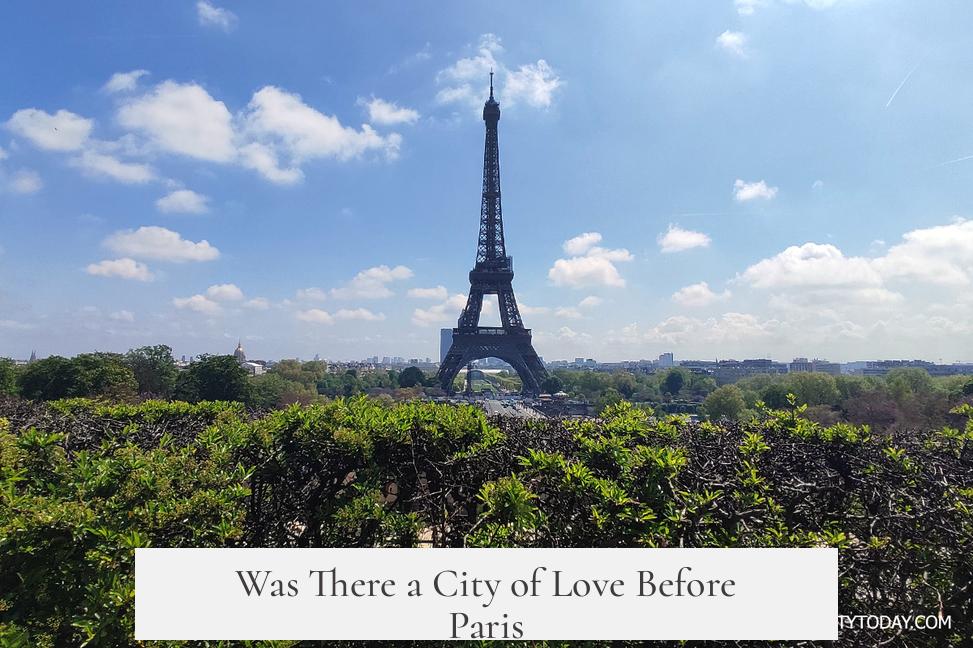
Here’s a twist for the romantics: the explicit title “City of Love” was not well established or widely used before Paris. Historical texts rarely apply the moniker elsewhere. Cities like Venice or Verona are sometimes nicknamed for romance—think Romeo and Juliet’s Verona—but these are tied to literary or architectural elements rather than the open cultural identity that Paris cultivated.
Paris’s unique blend of artistic heritage, liberal attitudes towards sexuality, and its magnetism for international visitors—especially Americans—created a powerful brand. The early American tourists and writers helped craft and spread the image. Paris did not merely inherit the title from another place; it built its own reputation from a mix of authentic social realities and vivid myth-making.
Why Does This History Matter?
Understanding how Paris became the “City of Love” unveils the city’s layered identity, far beyond clichés. It was a place of contrast—high art and down-to-earth pleasures, conservative outsiders versus liberated locals. This legacy shapes how millions experience Paris today, from romantic walks along the Seine to the thriving nightlife filled with flirtation and allure.
Next time someone calls Paris the “City of Love,” remember the fractured, lively world behind the nickname—a city not just built on monuments, but on the intimate dramas, bold freedoms, and colorful characters that attracted dreamers and lovers for centuries.
Practical Takeaway: Visiting Paris with the “City of Love” Lens
- Embrace the culture, from art museums to street cafés, where love stories whisper in every corner.
- Remember the bohemian spirit: explore Montmartre’s winding streets, the heart of artistic rebellion and romance.
- Dabble in history, understanding the complexities behind Paris’s might-have-been “love” mythos to appreciate its allure even more.
- Stay curious, and see Paris not just as a city of fairy-tale romance but a place alive with real human desires, dramas, and passions.
Final Thought
Paris’s title “City of Love” is not a simple souvenir shop label but a mosaic of real experiences and perceptions. It’s a title American tourists helped craft, fueled by Paris’s open celebration of beauty, passion, and freedom. And it’s a legacy that no other city quite held before—nor quite will again.
